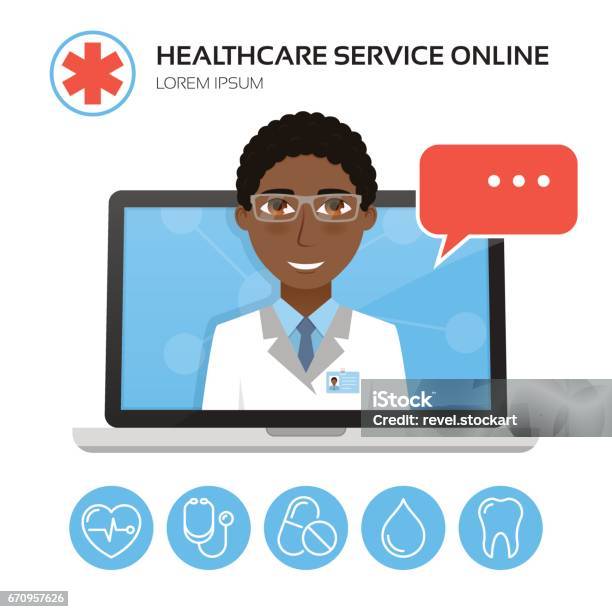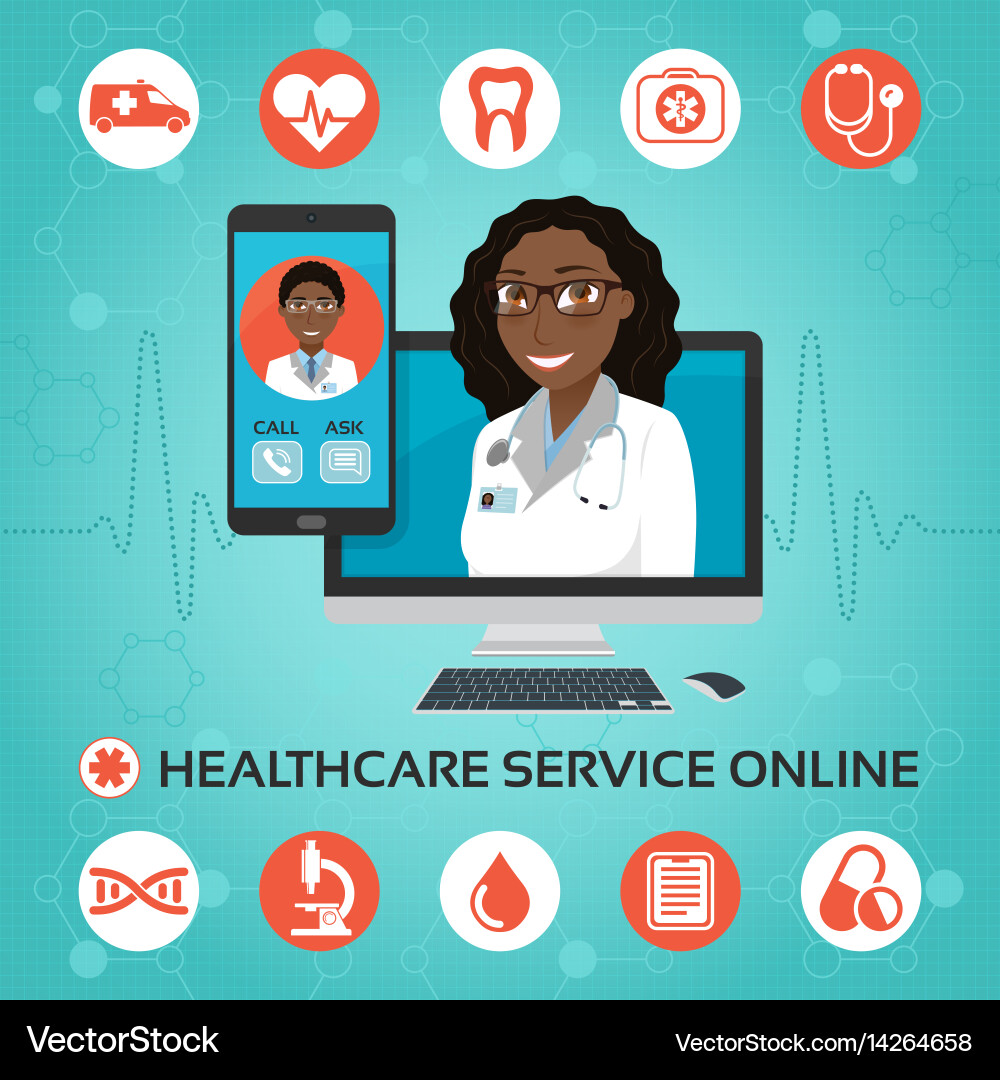Just How Subscription-Based Healthcare Is Transforming the Medical Industry

The Increase of Subscription Medical Care
In the last few years, the healthcare sector has experienced a substantial shift towards subscription-based models, mirroring wider consumer patterns preferring ease and predictability. This change is driven by the raising demand for more obtainable and customized care options. Membership healthcare, sometimes referred to as concierge medicine or straight medical care, provides patients a set month-to-month charge for a series of clinical services, substantially altering typical fee-for-service versions.
The increase of subscription healthcare is facilitated by innovations in technology, which allow streamlined interaction in between clients and suppliers - subscription based healthcare. Digital platforms and telehealth services have actually become important, offering patients the capacity to set up visits, access medical records, and receive examinations online. This technological combination not only boosts patient interaction yet likewise enables companies to supply a lot more effective care
In addition, the subscription design aligns with the advancing assumptions of individuals who look for even more control over their medical care expenses and experiences. While this design is getting traction, its expansion encounters challenges such as governing hurdles and the need for more comprehensive approval within the traditional healthcare community.
Advantages for People and Companies
Subscription-based health care uses a plethora of advantages for both clients and providers, reshaping the characteristics of medical care. For clients, this version gives improved access to medical care services.
For health care companies, subscription-based versions foster a more sustainable and gratifying technique. Administrative tasks are frequently structured, decreasing overhead expenses and allowing carriers to devote even more time to patient communication. On the whole, subscription-based healthcare straightens the incentives of clients and providers, advertising a much more effective and patient-centered health care delivery system.
Trick Attributes of the Design
Often, the vital features of the subscription-based health care version highlight its unique approach to providing medical solutions. Central to this design is the idea of predictable, month-to-month settlements, offering clients a thorough variety of services without the changability of typical fee-for-service structures. This version typically includes endless accessibility to medical care services, preventative care, and regular check-ups, guaranteeing that patients can involve with their health care carriers proactively instead than reactively.
Additionally, direct communication networks, such as telemedicine and messaging systems, are emphasized, allowing clients to receive prompt recommendations and consultations without needing in-person consultations. This boosts access and comfort, specifically for individuals with flexibility constraints or those living in remote locations. The design likewise cultivates stronger doctor-patient partnerships, as healthcare carriers are incentivized to concentrate on long-lasting health outcomes rather than temporary brows through.
Moreover, subscription-based healthcare commonly incorporates technical technologies, such as electronic health and my website wellness documents and wellness monitoring applications, to give effective and personalized treatment. Patients gain from collaborated and constant care monitoring, which is customized to their certain health needs. Ultimately, these functions jointly create a patient-centered healthcare experience, focusing on accessibility, expense openness, and preventive care.

Considerations and challenges
While the subscription-based health care version uses numerous benefits, it is not without its challenges and factors to consider. Membership versions may unintentionally prefer those with higher socioeconomic status, possibly expanding differences in healthcare accessibility for lower-income people that may have a hard time with monthly fees.
Another obstacle exists in regulatory compliance. Subscription-based health special info care needs to browse an intricate web of regulations that vary by region, consisting of concerns around person discretion, data protection, and state licensing demands. Making certain conformity without impeding the model's versatility and advancement can be discouraging for companies.
Furthermore, there is the danger of overutilization or underutilization of services. Individuals paying a taken care of charge may overuse services, resulting in boosted operational useful site expenses, while others might underutilize due to fear of burdening the system, potentially neglecting necessary treatment.
Future Leads and Innovations
The landscape of subscription-based medical care is positioned for improvement through arising developments and progressing prospects. As innovation remains to advance, the integration of expert system and maker knowing presents substantial possibilities to improve diagnostic precision and enhance client management. Anticipating analytics can reinvent preventive treatment by determining potential wellness dangers before they show up, thus reducing both prices and the problem on healthcare systems.
In addition, telemedicine is readied to expand within registration models, offering people boosted access to medical care professionals despite geographical restrictions. This not just promotes continuity of treatment but likewise empowers individuals to involve even more proactively in their health and wellness monitoring. Furthermore, blockchain technology uses potential in safeguarding patient information and guaranteeing interoperability throughout platforms, promoting trust fund and transparency.
The advancement of personalized medicine is an additional frontier, with subscription designs supplying an one-of-a-kind framework for providing customized wellness options. Hereditary testing and personalized therapy plans can be flawlessly incorporated, aligning person needs with particular clinical treatments. Partnerships between technology business and healthcare carriers are likely to generate innovative remedies, improving patient experiences and outcomes. As these prospects appear, subscription-based healthcare has the prospective to redefine exactly how care is delivered and accessed.
Final Thought
Subscription-based medical care is changing the medical market by providing a more available, foreseeable, and patient-centered technique to clinical services. This version improves patient-provider connections, guarantees financial openness, and stresses preventative treatment via limitless assessments and telemedicine. Regardless of challenges such as governing obstacles and possible disparities in access, the membership version holds promise for a much more effective and individualized healthcare experience. As modern technology breakthroughs, further developments are most likely to deal with existing difficulties and enhance healthcare shipment.
Subscription medical care, often referred to as concierge medication or direct primary care, supplies clients a fixed month-to-month fee for an array of medical services, significantly changing standard fee-for-service models.
In addition, the registration model lines up with the progressing assumptions of individuals that seek more control over their healthcare expenditures and experiences. For patients, this model gives improved access to medical care solutions. In general, subscription-based healthcare lines up the motivations of service providers and clients, advertising a more reliable and patient-centered healthcare delivery system.
Moreover, telemedicine is set to increase within subscription designs, offering patients increased accessibility to health care specialists regardless of geographical restraints. - subscription based healthcare
Comments on “Recognizing the Price Savings of Subscription Based Healthcare for Families”